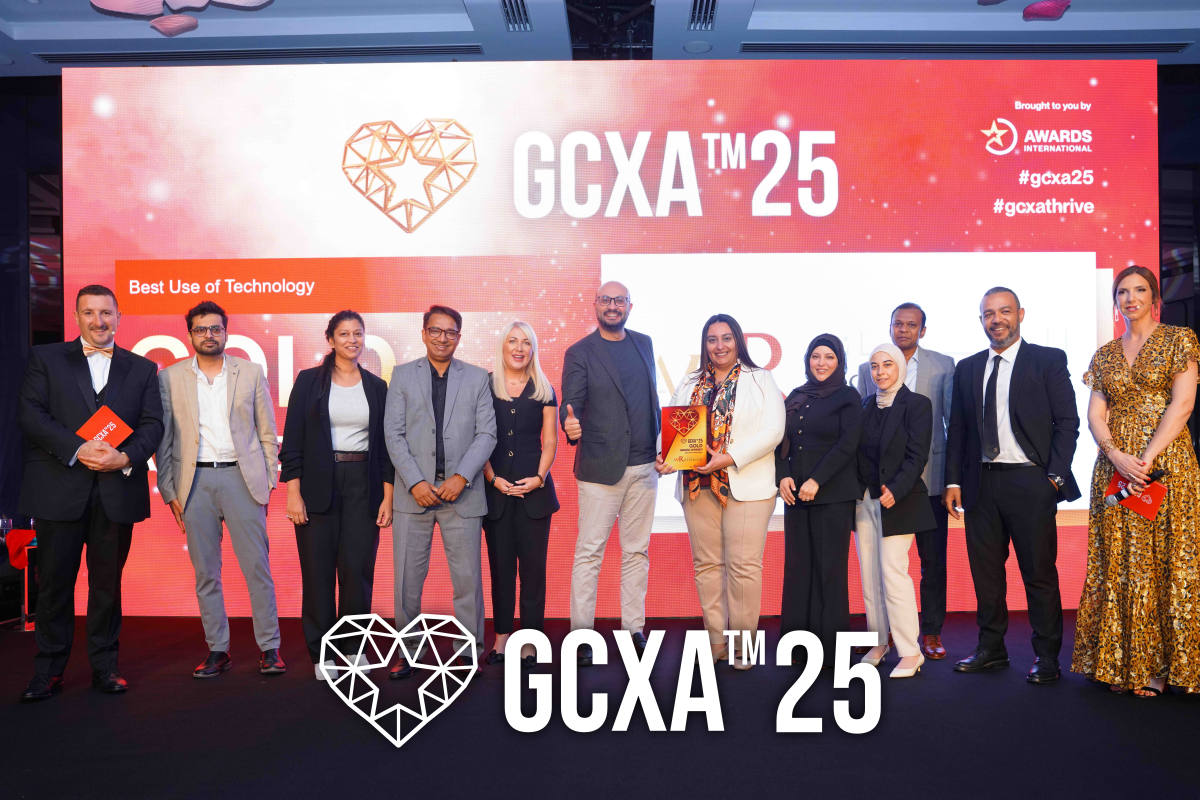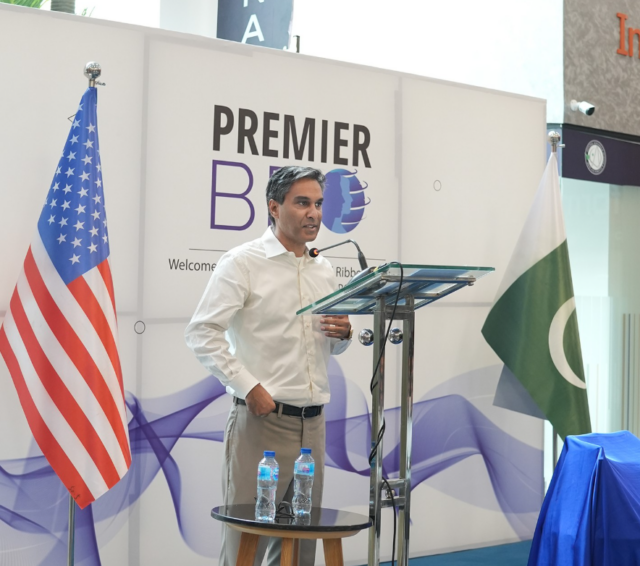August 05, 2025
How AW Rostamani Turned CX Technology into Tangible Business Value

While many businesses are still trying to align their CX investments with commercial outcomes, AW Rostamani Group has already closed the gap. Its contact centre no longer operates as a support cost. It drives revenue, identifies growth opportunities, and strengthens long-term customer relationships.
That shift earned the company three golds at the 2025 Gulf Customer Experience Awards, including Best Use of Technology, CX Team of the Year, and Best Contact Centre. The recognition only solidified how deeply the transformation had taken root across people, processes, and performance metrics.
At the centre of it all is a deliberate move away from reactive service models, replaced by predictive insights, cross-functional collaboration, and a clear understanding of how customer experience can directly impact business results.
CXM spoke with Omnia Ahmed, General Manager of Customer Experience Management of AW Rostamani, to learn more about their initiative that won them gold in the Best Use of Technology category.
A Shift from Reactive to Proactive
At the core of the initiative was a data-driven engine powered by machine learning. The group began using predictive models to tailor interactions and surface next-best actions, freeing employees to act as advisors rather than troubleshooters.
“This wasn’t about fixing problems faster,” says Ahmed. “It was about preventing them altogether.”
The contact centre evolved from a cost-heavy support function to what Ahmed calls a “revenue-generating engine.” Staff were no longer measured on call resolution alone; instead, KPIs were tied to business impact, like opportunity creation, revenue influence, and long-term customer value.
Rewiring Culture to Support the Change
While the technology played a critical role, Ahmed is quick to point out that success came from deep cultural rewiring. “We couldn’t build a new model on old mindsets,” says Ahmed.
Leadership underwent executive programmes run in partnership with Harvard, while more than 1,500 employees completed “CX 101” training modules developed in-house.
A CX Champions programme trained 50 employees from across departments to guide their peers through the change. Frontline teams were a crucial part of the design and testing process for new systems, which ensured the tech genuinely solved their daily pain points. “When people are involved in creating the solution, they take ownership,” Ahmed adds.
Redefining Success for Customers and Businesses Alike
One of the most visible outcomes was a transformation in how the company defined and measured a ‘successful’ interaction. “The bottom line is about creating value, not just solving a single problem,” Ahmed explains.
Contact centre agents became “Customer Success Executives.” Their mandate expanded beyond resolution to include proactive outreach, product recommendations, and identifying opportunities that benefit both the customer and the business.
This meant KPIs had to evolve too. Rather than focusing on handle time or satisfaction scores alone, the company now tracks performance based on metrics like revenue contribution and customer lifetime value, an approach that ties experience directly to growth.
Breaking Down the Walls Between Departments
To keep the momentum going, AW Rostamani introduced squad-based teams that mix representatives from CX, sales, after-sales, IT, and more. These cross-functional squads meet regularly, align around shared goals, and work from a unified view of the customer.
CX is no longer the responsibility of a single department. It’s embedded in annual action plans across the organisation, with every team accountable for its impact.
Plenty of companies invest in CX technology, but few see a return as quickly, or as clearly, as AW Rostamani did. The difference was a sharp strategy that balanced tech implementation with cultural and process transformation.
“We didn’t buy tech for the sake of it. Every tool was tied to a real business case and a customer need,” says Ahmed.
The team started where it mattered most, in the contact centre, which handles over a million interactions a year. That early win became a proof point that justified scaling the approach across the business.
What’s Next: Personalisation, Empathy, and Data
With the foundation in place, the company is preparing for its next chapter: hyper-personalisation at scale. The focus is on real-time sentiment analysis and feedback loops to power an outside-in strategy based on what customers want.
AW Rostamani is also choosing to resist a full sprint toward automation. “We’ve seen what happens when companies remove the human option,” Ahmed says. “We’re not going down that road.”
Instead, the group is doubling down on the human touch, supported by smart technology, not replaced by it. And they’re putting data at the centre of everything, building a single source of truth that informs both strategy and service.




